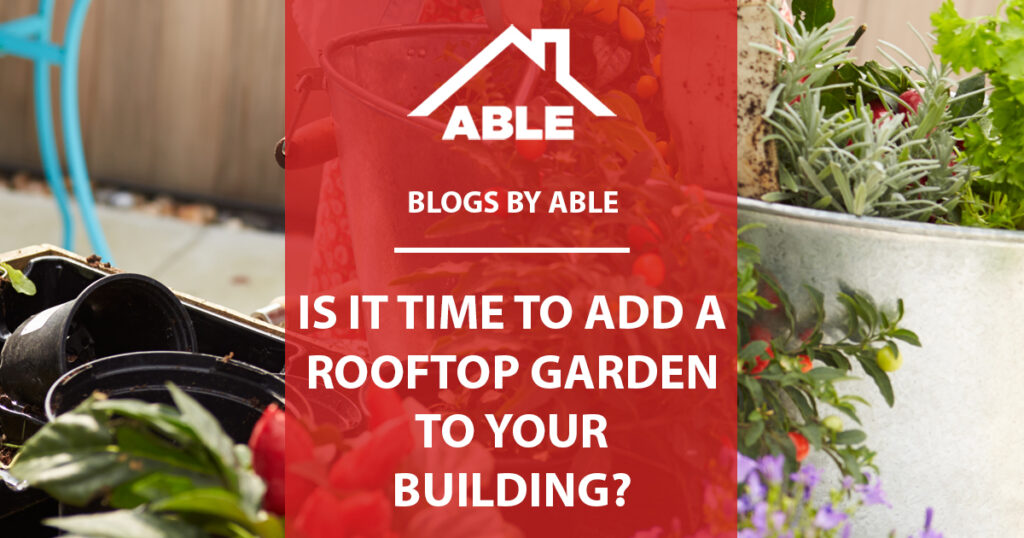Gardeners are always looking for additional areas for their passion, and homeowners and residents with limited space may be looking for alternatives that allow them to have a home garden. One way for gardeners to address this problem that’s been growing in popularity is with rooftop gardens. So, how can an interested homeowner add a rooftop garden to their house?
Why Rooftop Gardening?

A rooftop garden offers many advantages to the interested homeowner, resident, or building owner. Firstly, a rooftop garden can maximize underused space. For urban homes, in particular, a rooftop garden provides an alternative for gardening, where there may not otherwise be an option. Even for those with available space, a rooftop garden offers additional prime real estate for gardening – and gardeners are always interested in finding new space for their produce.
There are practical benefits to your home, as well. Because they are wetter than building materials and do not absorb as much heat, plants on a rooftop may actually have a cooling effect on the home. This is a benefit for urban residents already surrounded by concrete, cement, and asphalt that radiates heat throughout the day. Additionally, rooftop gardens provide a far more attractive view than your typical tar or gravel roof and can add wonderful new aesthetics to the outside of your home or building. Experienced gardeners will also note that the risk of wildlife eating your produce is greatly reduced for rooftop gardens, which is particularly effective in rural areas.
Which Roofs Can Support Rooftop Gardening?
To start, a rooftop garden requires a flat roof. Apartment residents might also want to check with their landlords, even if they do have rooftop access already. Not every roof is the best fit for a garden, and not every garden is great for every roof. It is important to understand your roof’s limitations and capabilities, as well as keep in mind weather conditions and how that might affect your garden and your roof’s integrity.
One unique option that some gardeners try is to fill their roof with soil and plant directly into the ground. While this can create a beautiful and unique space, it is also extremely taxing on the roof – requiring an extra 100 lbs. of support. Going with this option may require the advice of a structural engineer or architect, but offers the hardcore home gardener an unprecedented opportunity.
For most homes, however, more practical options include simpler, smaller-scale developments. There are plenty of different types of gardens a homeowner can grow, such as soup or cocktail gardens. Even with smaller-scale gardening projects, it is important to consult with the building’s engineer in a shared residence.
Always consider how accessible your roof and garden will be. If it is too difficult to bring supplies up to and down from your roof, then a small garden might be the best option. Keep in mind that, as the seasons change, you will likely want to bring gardening supplies indoors to lighten the load of your roof – especially as snow and leaves start to fall.









